54-100
AA Trigger-Type Plug Gun/Black
$34.95
1 review585
Rema Seal Inserting Tool
From $12.95
561
Rema Seal Refill Pack
From $34.95
1 reviewX-12-361-5
Xtra-Seal 12-361 Brown Tire Repair Plug Insert (250 Plugs)
$42. 50
RE-RS-8
Rema Radial Stem Inserts for Truck Tires
From $17.95
53-100-50
AA Brown Tire Repair Plug Insert
From $13.50
54-210
AA Plug-Em-Gun 5/16" Plugs For Bias Radial Tires (25/Box)
$14.80
1 review54-216
AA Plug Em Gun Orange Plugs For Bias Ply Radial Tires (7/16 in)
$18.95
16-148
AA Tire Plug Lubricant
$3.04
RE-193-WL-10
Rema 1/4" Vulcanizing Stems w/ Wire Lead
From $17.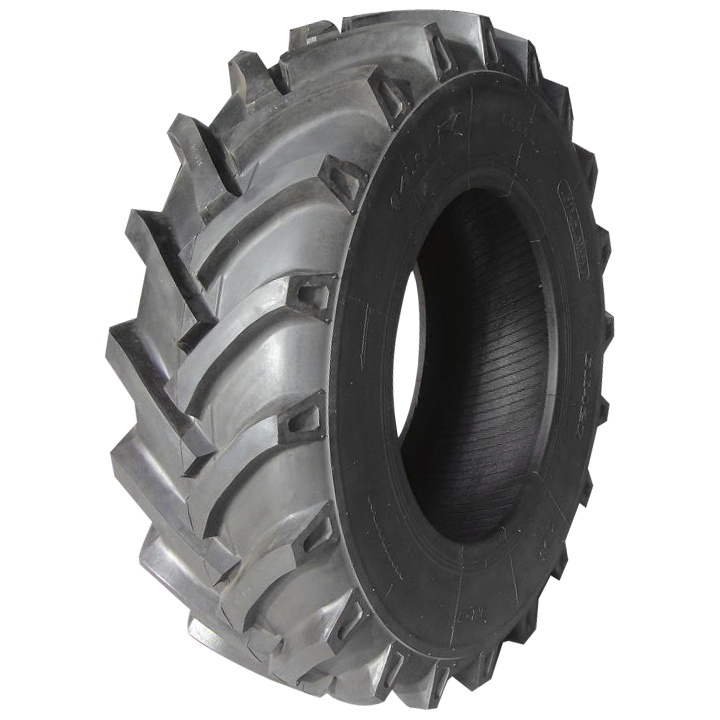 95
95
56-011
AA Needle Replacement for Inserting Tools (Ea)
From $3.95
X-14-217
AA T-Handle Insert Tool w/ Protector (Split-Eye)
$18.95
1 review52-224
AA Fiber Seal Inserts / Plugs
From $34.29
50-100-50
AA 7" Black Tire Repair Plug Insert (50/Box)
$13.50
1 review580
Rema 580 Temp Tire Repair Kit for OTR/Agri Tires
$57.95
RE-RAD-104
Rema RAD-104 Radial Anchor Seal Temp Repair Kit
$195. 00
00
54-215
AA Plug-Em-Gun Orange Plugs For Bias Ply Radial Tires (5/16")
$11.39
55-115
AA Pro Barbed Probe Inserting Tool (Chrome) (Ea)
$13.95
761
Rema Anchor Seal Plug (50/Box)
$44.31
12-360
AA 4" Black Tire Repair Plug Insert (50/Box)
From $13.50
2 reviewsReading Time: 5 minutes
This article is also in audio form for your listening enjoyment. Scroll down just a bit to find the recording.
Tractor tire repairs can seem like a daunting task due to their size. As counter-intuitive as it may be, the extra-large nature of these round rubber behemoths makes our lives a bit easier compared to an average car tire. There are a lot of commonalities between tractor tire repairs and automotive tire repairs because, well, they’re all tires. Let’s look at what the layman can repair in the field and some tips and tricks of the trade.
Many tractor tire repairs require you to remove the tire from the rim. Most times you only need to partially dismount the tire, and even more often; the tire will dismount itself. If you find yourself in need of fully dismounting a tire, you’ll want to pick up a set of tire irons or “spoons”. These tire tools are meant to allow you to pry the tire off the bead without damaging your rim. You can find these tools at your local tractor store, truck stops, and most discount tool suppliers. Look for the longest ones available to give yourself leverage.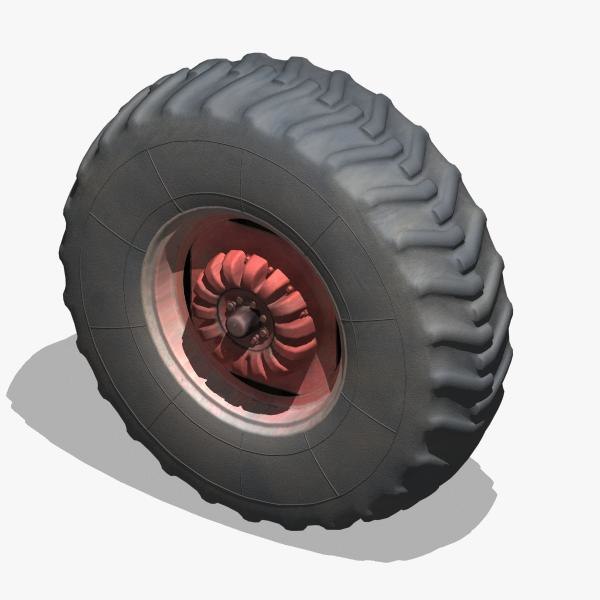
Many old-timers like to use a flammable fluid and a match to seat a bead. Yes, it’ll work, but most of these fluids are deleterious to rubber and may compromise your tire. Not to mention it’s a safety risk. The safer way of reseating a bead is with a ratchet strap around the tire. Tighten the strap, use a spray bottle of water and dish soap to coax the bead back on, and use a large mallet to finish seating the tire as you inflate. Use a rubber, wood, or dead-blow hammer in case you whack the rim by accident.
Taller tires may look harder to manipulate on the rim, but they’re much easier than a car tire.Farmers are notorious for using aging equipment well beyond its expected life span. If you ever come in contact with equipment that has a split-rim, be warned. They’re a dangerous sort and should be managed by professionals with a rim cage. You can tell a split-rim by the removable half-moon steel edge on one side.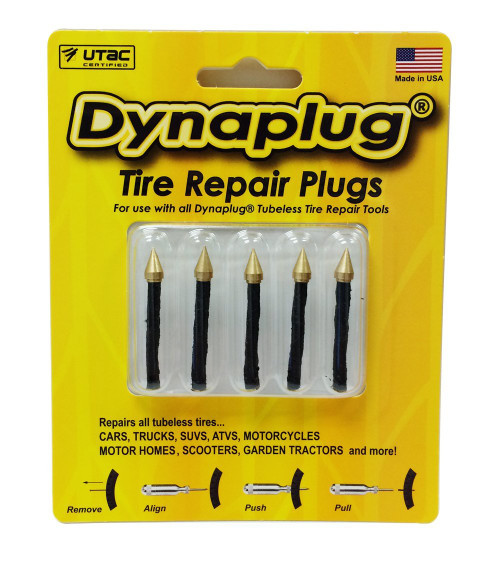 These are dangerous and have caused fatalities while being worked with.
These are dangerous and have caused fatalities while being worked with.
One common flat tire-inducing issue is broken tire stems. It’s surprisingly easy to catch a stem on a stump, stick, or rock during hard use, especially when navigating brush and overgrown fields. Changing a tractor tire valve stem is a laborious but straightforward job. You need to dismount the tire enough to reach the stem hole inside the rim to pull a new stem through. Optionally, you can use a Quick Stem, which you don’t need access to the inside of the rim to install. It’s a simple rubber crush washer design and works well on low-speed tires like tractors and implements. Using a stem replacement like this will let you forgo dismounting the tire, saving you time and effort.
Quick Stems save a lot of extra work in the field.Tractors may work in fields, but many see heavy use in the farmyard doing all sorts of things. Building structures, moving equipment, and even being impromptu engine lifts are all within the scope of practice for most tractors.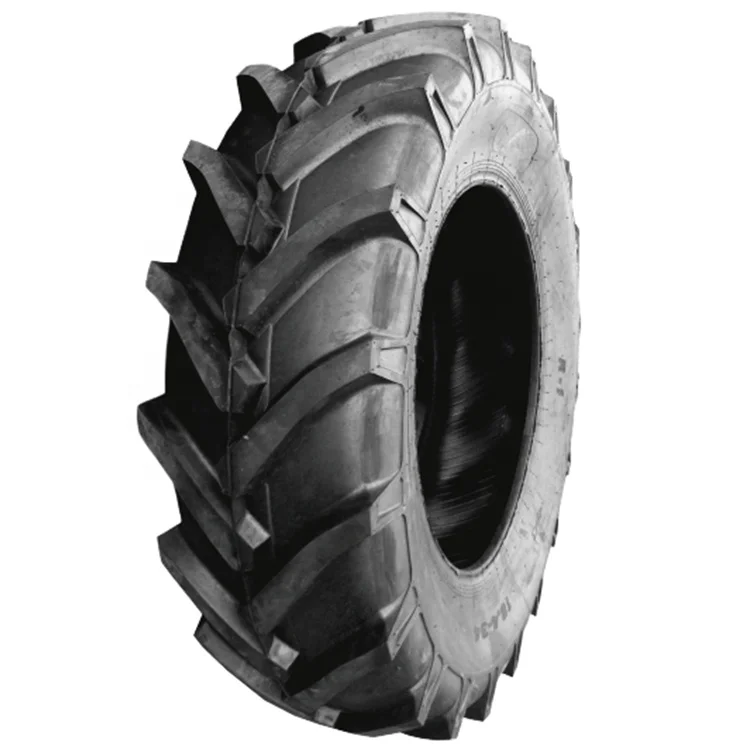 Operating in these environments inevitably ends with an errant nail or screw finding its way into the tire tread. There are a few ways to remedy a tire puncture like this.
Operating in these environments inevitably ends with an errant nail or screw finding its way into the tire tread. There are a few ways to remedy a tire puncture like this.
A tractor tire repair tool worth investing in is a well-built tire string plug kit. You can buy cheap, plastic-handled tools at the bargain store, but these always seem to break the handles, risking hand injury. Look for quality, steel-handled tools that won’t send you to the hospital.
String plugs are an old-style tire plug that has been popular for a long time; however, they have their limitations. They provide a quick repair; however, they don’t protect the tire from future failure. Therefore, string plugs should be considered a temporary repair, not a permanent fix.
I strongly suggest avoiding plastic-handled string plug tools. Pay a little more for the steel handles, your hands will thank you.Always use an inside patch to finalize a tractor tire repair where a string plug is used. The combination of patch and plug will seal the air in the tire and keep moisture from penetrating the carcass of the tire, which will lead to internal belt rust and rot. To use these patches, you need to access the inside of the tire, which means at least a partial dismount from the wheel. This job is easier done at your barn or shop versus in the field, so consider the string plug the field fix and the patch the final stage of repair.
The combination of patch and plug will seal the air in the tire and keep moisture from penetrating the carcass of the tire, which will lead to internal belt rust and rot. To use these patches, you need to access the inside of the tire, which means at least a partial dismount from the wheel. This job is easier done at your barn or shop versus in the field, so consider the string plug the field fix and the patch the final stage of repair.
The NHTSA (National Highway Traffic Safety Administration) in the USA has been advocating for “combination tire repairs” for a long time. The NHTSA states that a plug and patch repair is the only safe way to repair a road-going tire. A string plug and patch combination qualifies; however, there is a product available on the market that combines these into one easy-to-use system; the patch plug.
The patch plug is favored by professionals who want to do the job right. Patch plugs are shoved into the tire from the inside out, and feature a steel spike to allow you to push them through the tire.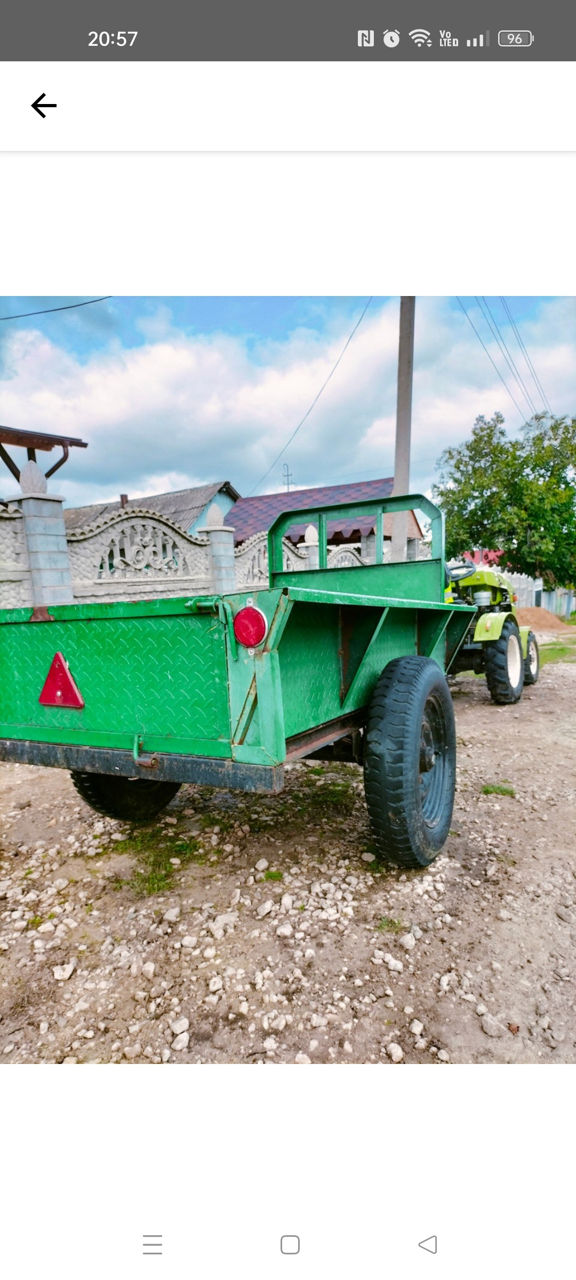 Using a patch plug will be the best tractor tire repair for punctures, sealing the air within and protecting the tire’s carcass from moisture incursion.
Using a patch plug will be the best tractor tire repair for punctures, sealing the air within and protecting the tire’s carcass from moisture incursion.
Tractor tires are prone to damage and abuse, especially in rock or brush-rich environments. Gouging the treads is inevitable in these situations, and as long as the damage only pertains to the rubber lug itself and not the main tire where the steel belts reside, it’s not a big concern. Gouges and cuts on the lugs of tires are par for the course, so don’t be overly alarmed by them unless they compromise the main body of the tire.
Sidewall damage, be it cuts, gouges, or dry rot, are not candidates for safe tractor tire repair. Although these are low-speed equipment tires, it’s still a dangerous game to operate a tractor (especially at comparatively high speeds) on tires that have compromised sidewalls. If you have a sidewall failure, decode the tractor tire size on the sidewall and find a suitable replacement tire. If you’re stuck replacing a tire, it may be prudent to replace both on the axle or all the tires. Before buying a duplicate of what you had before, consider what the best tractor tires for your farm may be. It might be time to upgrade to a different tread style that suits your needs better.
If you’re stuck replacing a tire, it may be prudent to replace both on the axle or all the tires. Before buying a duplicate of what you had before, consider what the best tractor tires for your farm may be. It might be time to upgrade to a different tread style that suits your needs better.
Have you had to repair your tractor’s tires in the field? Let us know in the comments below!
Originally published in the May/June 2022 issue of Countryside and Small Stock Journal and regularly vetted for accuracy.
Road tire repair
Repair materials
containing the necessary materials and fixtures. First-aid kits of the following types are produced for cars: ARC - for repairing tubes, ARB - for tubeless tires of cars. Each first-aid kit includes one set of round and rectangular vulcanized rubber patches (plasters), 50 g of self-vulcanizing rubber glue, a metal grater and sandpaper for cleaning damaged areas of the chambers, a roller for rolling patches to the repaired surface, two spools and a cap, a brush for applying glue and a penknife.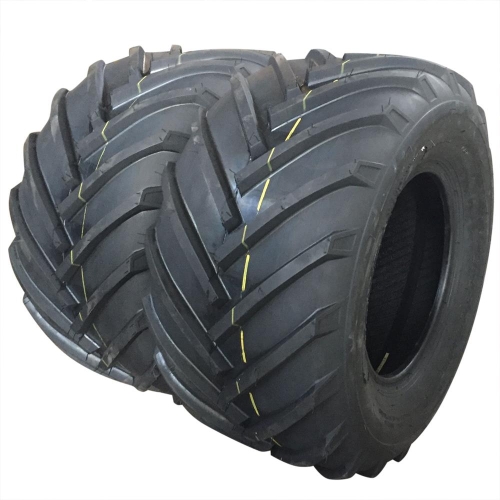
The ARSh first aid kit includes two more patches of a four-layer vulcanized rubber-cord patch, chafer tape for repairing tire beads, six mushrooms of various sizes for repairing punctures in tires and a device for inserting mushrooms. The ARB first-aid kit, unlike the ARS, does not contain plasters for repairing the carcass of tires. Instead, it has a syringe with rubber paste, a set of plugs and a device for inserting them into the tire when repairing punctures without removing it from the rim.
Tube tires
In road conditions, it is more often necessary to repair damage to the tire tubes and only in some cases to repair tires.
If there is an ARC or ARSh first aid kit, then the damaged area on the camera (puncture or cut up to 60 mm long) is cleaned with a grater or sandpaper, washed with gasoline and coated with self-vulcanizing rubber glue in two layers at intervals of 10-15 minutes for drying.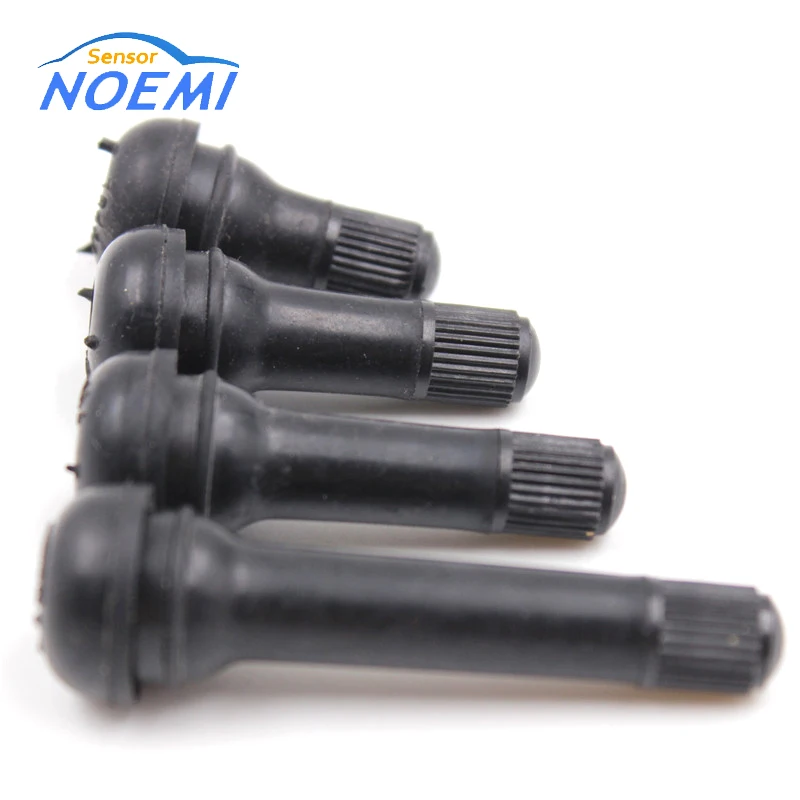 Then a rubber patch with an adhesive layer is applied so that all its edges are at least 20 mm away from the damage site. The applied patch is rolled with a roller to the damaged area of the chamber to remove air bubbles.
Then a rubber patch with an adhesive layer is applied so that all its edges are at least 20 mm away from the damage site. The applied patch is rolled with a roller to the damaged area of the chamber to remove air bubbles.
In the absence of a first aid kit, a chamber with a puncture or a small cut is repaired using an electric vulcanizer. A raw rubber patch is applied to the pre-cleaned damaged area of the chamber. Using a clamp, the heating element of the electric vulcanizer is pressed tightly against the patch, which is connected to the car battery. Heating time is at least 20 minutes. To prevent raw rubber from sticking to the surface of the heater, a sheet of paper or cellophane is placed on top of the patch.
Cold repair of the chamber is done with rubber adhesive and vulcanized rubber patches. This repair is temporary as hot tire patches are lagging behind.
Punctures in tires with a diameter of up to 10 mm are eliminated by setting up fungi, a set of which is available in the ARS first aid kit. The tire is dismantled from the rim and, using a device, the fungus is injected with a foot into the puncture until its cap fits snugly against the inner surface of the tire. The stem and cap of the fungus, as well as the puncture hole and the inner surface of the tire adjacent to the puncture, to which the cap is attached, are pre-lubricated with self-vulcanizing glue, then the fungus cap is rolled to the inner surface of the tire with a roller and the protruding part of the leg is cut off. Repair with fungi allows you to reliably seal small punctures.
The tire is dismantled from the rim and, using a device, the fungus is injected with a foot into the puncture until its cap fits snugly against the inner surface of the tire. The stem and cap of the fungus, as well as the puncture hole and the inner surface of the tire adjacent to the puncture, to which the cap is attached, are pre-lubricated with self-vulcanizing glue, then the fungus cap is rolled to the inner surface of the tire with a roller and the protruding part of the leg is cut off. Repair with fungi allows you to reliably seal small punctures.
If the tire has received significant damage (for example, a large breakdown or cut), which cannot be eliminated by setting the fungus, they resort to temporary repair. It consists in applying a rubber plaster from the ARSh first aid kit on the inside. The damaged area of the tire is roughened from the inside with a metal grater or brush. According to the size of the roughened area, a plaster is selected from the first-aid kit.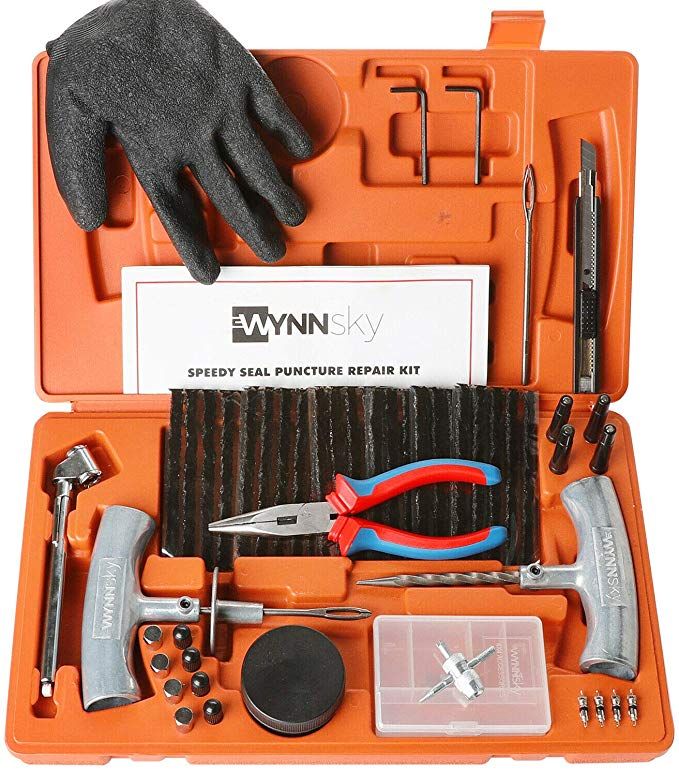 The tire is smeared with rubber glue twice, the patch - once. Each layer of glue is dried for 10-15 minutes. The applied cuff is tightly rolled to the tire with a roller. It is possible to temporarily place a cuff made of rubberized cord on the damaged area and without gluing. In this case, it is necessary to carefully monitor its location when inserting the tube and mounting the tire on the rim. This method is resorted to as a last resort, only in order to get to a car repair shop, since the patches made in this way lag behind when the tire is very hot.
The tire is smeared with rubber glue twice, the patch - once. Each layer of glue is dried for 10-15 minutes. The applied cuff is tightly rolled to the tire with a roller. It is possible to temporarily place a cuff made of rubberized cord on the damaged area and without gluing. In this case, it is necessary to carefully monitor its location when inserting the tube and mounting the tire on the rim. This method is resorted to as a last resort, only in order to get to a car repair shop, since the patches made in this way lag behind when the tire is very hot.
Tubeless tires
Tire repair is carried out using the materials and tools of the ARB first aid kit, without repairing the tire from the rim. If the puncture diameter does not exceed 3 mm, rubber paste is injected from the syringe into the puncture hole. Large-diameter punctures are sealed with the installation of corrugated plugs, which are inserted into the puncture using a stepped rod, which is available in the first-aid kit. The object that pierced the tire is first removed and the hole is cleaned with the corrugated part of the stepped rod. The paste is injected into the hole with a syringe and a cork smeared with glue is inserted, put on a stepped rod. The cork is chosen so that its diameter is 1.5-2 times the diameter of the puncture. After pulling out the rod, the cork remains tightly clamped in the tire. The part of the cork protruding above the tread is cut off. It should not protrude more than 2 mm above the treadmill.
The object that pierced the tire is first removed and the hole is cleaned with the corrugated part of the stepped rod. The paste is injected into the hole with a syringe and a cork smeared with glue is inserted, put on a stepped rod. The cork is chosen so that its diameter is 1.5-2 times the diameter of the puncture. After pulling out the rod, the cork remains tightly clamped in the tire. The part of the cork protruding above the tread is cut off. It should not protrude more than 2 mm above the treadmill.
Read more: Stationary tire repair
K category: - Car tires
all brands of cars in the world
BMW Ford Hyundai Kia Porsche In the garage Everything for cars Engine Interesting Educational program Not about cars Repair and preparation of the engine Maintenance of the car Technological instructions for caring for the main components of the tractor Electrical equipment of the car
Skoda Fabia Monte Carlo If you go back in history automotive industry, the first Monte Carlo appeared before an astonished public in the distant thirty-eighth year of the twentieth century, and simultaneously with the Skoda Popular Sport model, which was focused on sports style. Of the seventy copies that were then "published", the vast majority ...
Of the seventy copies that were then "published", the vast majority ...
April 26, 2011
After tightening the loose fastenings of the steering parts, checking and adjusting the axial clearances in the front wheel bearings, as well as in the steering knuckle bearings (MTZ7L and MTZ7M), measure the free play of the steering wheel using an automobile backlash meter. The free play should be no more than 15° (1/24 turn) with the position of the front wheels corresponding to the rectilinear movement of the tractor, and no more than 30° (1/2 turn) with the front wheels turned to the side to the full.
If the free play of the steering wheel is unacceptable, check and adjust the clearances in the pivot joints of the longitudinal and transverse steering rods, as well as the push rod (MTZ2, MTZ5, MTZ5K, MTZ5L and MTZ5M). With normal clearance, movement of the hinge out and in should not be felt.
For the MTZ2 tractor, to adjust the gap in the swivel joint of the longitudinal steering rod, unpin the plug and tighten it until the noticeable gap between the spherical washer and the head of the ball pin is eliminated, aligning the groove of the plug with the hole in the rod head for the cotter pin.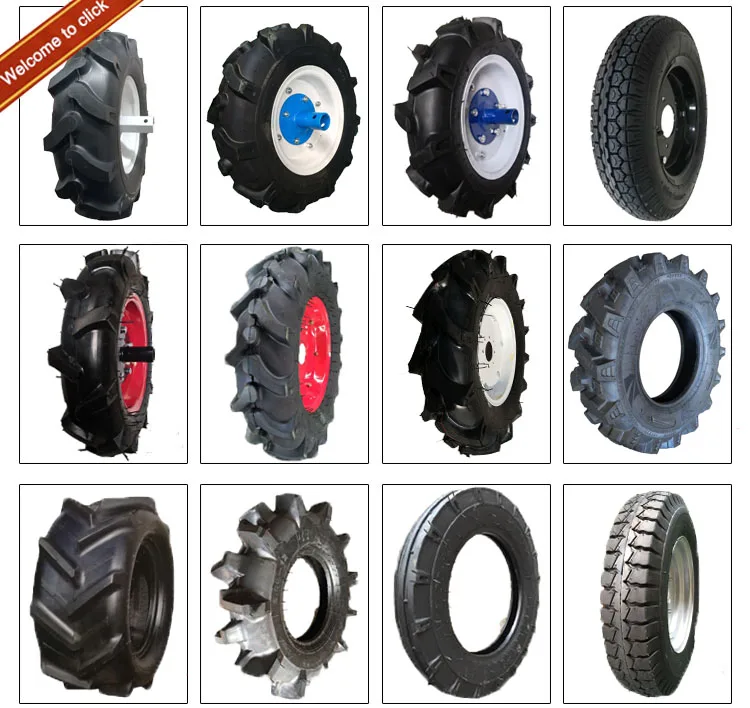 Fasten the plug with a new cotter pin.
Fasten the plug with a new cotter pin.
To adjust the gap, remove the retaining ring with plug 2, tighten the plug until the perceptible gap is eliminated, aligning the slots of the plug and the rod end under the ring lugs. Install ring.
On tractors of other modifications, the wear of the steering rod joints is compensated with the help of crackers. To adjust the clearance in the swivel joint of the longitudinal, transverse or pushing tie rod, unpin the plug, tighten it to failure and unscrew it 1/2 turn at the longitudinal rod and 1/4 turn at the transverse and push rods, aligning the groove of the plug with the holes for the cotter pin on head or rod end. Fasten the plug with a new cotter pin.
Tractor Maintenance Belarus,
G.R. Ardashev, I.N. Mikhailov
Click to rate this post!
